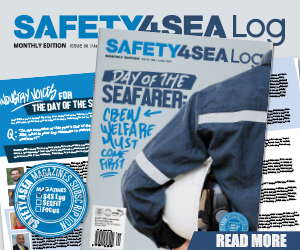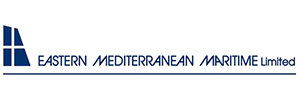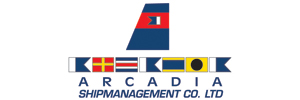While a coastal Ro-Ro passenger vessel was at berth, it was using a auxiliary boiler to provide onboard accommodation heating, while the engines were not operating. After the boiler began working, fire broke out near the boiler, caused by a leak.
The incident
While at its berth, a coastal Ro-Ro passenger vessel was using its small auxiliary boiler to provide onboard accommodation heating while the main engines were shut down.
A little after the boiler began operating, the engine room fire alarm activated, indicating a fire near of the auxiliary boiler. The vessel’s engineers gathered and went to the engine room to investigate. When they approached the auxiliary boiler they saw flames inside the burner casing and smoke entering the engine room through the burner unit’s melted sight glass. The engineers quickly shut the boiler down and put the fire out with a portable foam fire extinguisher.
[smlsubform prepend=”GET THE SAFETY4SEA IN YOUR INBOX!” showname=false emailtxt=”” emailholder=”Enter your email address” showsubmit=true submittxt=”Submit” jsthanks=false thankyou=”Thank you for subscribing to our mailing list”]
Probable cause
When the boiler was examined, the engineers found that the internal fuel supply pipe to the burner nozzle was leaking at a compression fitting. When the pipe was removed, one of its compression fittings was damaged to the point it could no longer provide a seal against the fuel pressure. Fortunately, the consequences of the fire were not serious. However, boiler explosions, including those resulting in fatalities, have occurred when there has been fuel leakage into a boiler furnace.
Lessons learned
- Regular inspections of the boiler burner unit required the routine removal and refitting of the fuel supply pipe. This provided the opportunity for the condition of the pipe fittings to be assessed. However, as in this case, it also introduced the risk of damaging the seals. All work carried out to the fuel pipework and compression fittings should be closely inspected before being fitted; a zero tolerance on wear and damage will help minimize the risk of fuel leakage and the subsequent introduction of a fire danger.
- Periodic inspections and maintenance are key to ensuring that equipment and machinery are performing correctly, and enable defects to be identified and rectified. Nevertheless, if the maintenance work introduces faults into the system then this is clearly counterproductive. Formal re-start procedures after an inspection should help ensure that leaks and ill-fitting parts are identified and addressed.































































